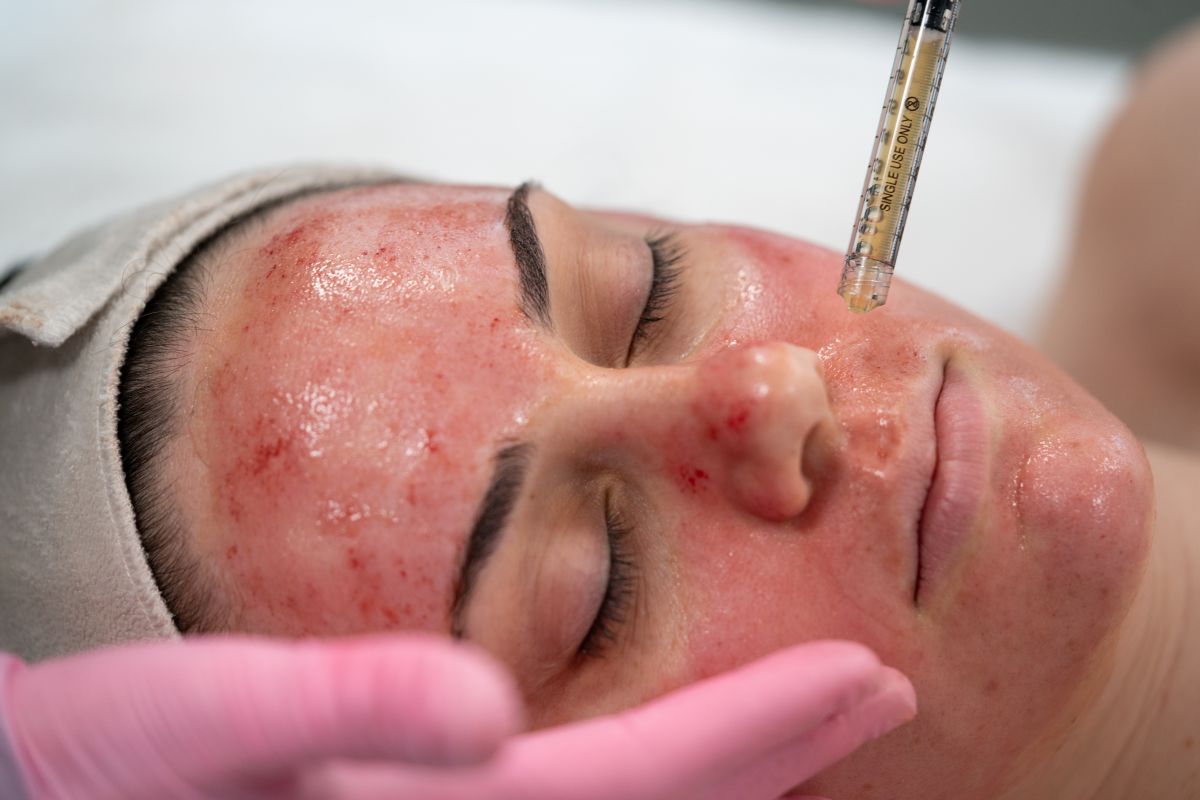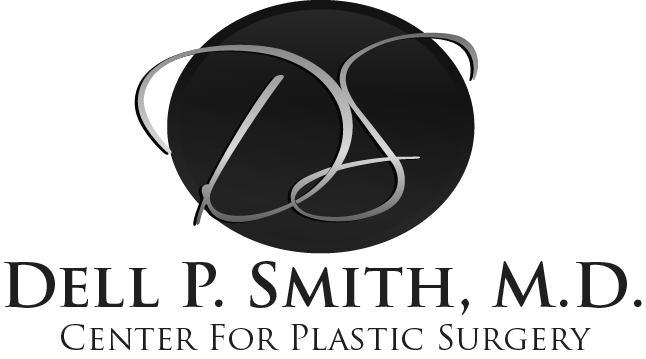
May Blog: Exposing the Vampire Facial
Platelet-rich plasma (PRP) facial rejuvenation is a cosmetic procedure that has gained popularity in recent years with the buzz name “Vampire Facial.” This procedure uses the patient’s own blood to stimulate the natural healing process of the skin, resulting in improved texture, tone, and elasticity.
What is PRP facial rejuvenation?
PRP facial rejuvenation involves extracting a small amount of the patient’s blood and processing it in a centrifuge to concentrate the platelets. Platelets are rich in growth factors that stimulate collagen and elastin production, which are essential for maintaining youthful-looking skin. The concentrated platelets are then injected into the patient’s face using a micro needling technique or a small needle.
Benefits of PRP facial rejuvenation
- Improves skin texture and tone: PRP contains growth factors that stimulate collagen and elastin production, resulting in smoother and firmer skin. This can reduce the appearance of fine lines, wrinkles, and acne scars.
- Increases skin hydration: PRP stimulates the production of hyaluronic acid, which is essential for maintaining skin moisture. This can improve the overall hydration of the skin, making it look plumper and more radiant.
- Reduces hyperpigmentation: PRP can improve skin tone by promoting skin cell turnover and reducing the appearance of hyperpigmentation.
- Minimally invasive: PRP facial rejuvenation is a minimally invasive procedure that involves using the patient’s own blood, reducing the risk of allergic reactions or other adverse effects.
- Quick recovery: The recovery time for PRP facial rejuvenation is minimal, and patients can typically resume their normal activities immediately after the procedure.
What to expect during the procedure:
Before the procedure, the patient’s blood will be drawn and processed in a centrifuge to extract the platelets. The patient’s face will be cleansed and numbed using a local anesthetic cream. The PRP will then be injected into the patient’s face using a micro needling technique or a small needle. The procedure typically takes less than an hour, and patients can resume their normal activities immediately afterward.
Results and follow-up
Patients can expect to see results from PRP facial rejuvenation within a few weeks of the procedure. The results typically last for six months to a year, depending on the individual’s skin type and lifestyle factors. Patients may need to undergo multiple treatments to achieve their desired results, with a recommended gap of four to six weeks between treatments.
In conclusion, PRP facial rejuvenation is a safe and effective cosmetic procedure that can improve skin texture, tone, and hydration. The procedure is minimally invasive and requires minimal downtime, making it an attractive option for those looking to improve the appearance of their skin. If you are considering PRP facial rejuvenation, be sure to consult with a qualified cosmetic professional to determine if the procedure is right for you.
